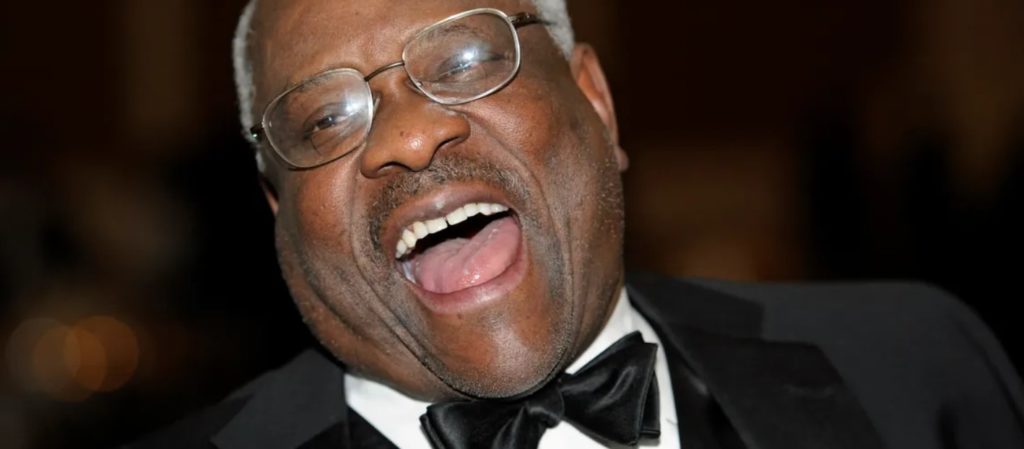One reason procedural Catch-22s are inconsistent with the rule of law is that they can get innocent people killed

I mentioned yesterday Clarence Thomas’s demagogic trick of including extremely graphic descriptions of crimes people bringing civil liberties claims are alleged to have committed, always stated as absolutely established fact. One of the many problems with this is that procedural unfairness makes it more likely that an innocent person will be convicted, and that is probably what happened in one of the two cases yesterday:
In 1995, Barry Jones was convicted of murdering Rachel Gray, his girlfriend’s 4-year-old daughter, and sentenced to die. Since then, the case against him has shattered.
Gray died of a laceration of her small intestine, an extremely painful injury that slowly floods the victim with poisonous fluids. The prosecution’s theory was that Jones must have inflicted this injury on Gray during a four-hour period when he was taking care of her on May 1, 1994. Gray died about 12 hours later.
But this theory does not make sense medically. Gray’s injury would have killed her slowly, and should not have proved fatal in only 12 hours. In a comprehensive article reviewing the evidence against Jones, the Intercept’s Liliana Segura quotes three physicians who say that the prosecution’s theory is wrong.
One, who Segura describes as a “renowned pediatric forensic pathologist,” said that Gray’s injury “could not possibly have been inflicted on the day prior to her death.”
There are also several other potential suspects. Gray’s mother Angela, for starters, was eventually convicted of child abuse and sentenced to eight years in prison. There’s evidence that Gray’s brother sexually preyed on young girls. And, on top of all of that, Gray reportedly said shortly before her death that a boy had hit her in the stomach with a metal bar.
Simply put, no sensible jury confronted with all of this evidence would have concluded that Jones was guilty beyond a reasonable doubt.
But Jones’s lawyers failed to present crucial evidence at his trial. As Justice Sonia Sotomayor wrote in an opinion released on Monday, “Jones’ trial counsel failed to undertake even a cursory investigation and, as a result, did not uncover readily available medical evidence that could have shown that Rachel sustained her injuries when she was not in Jones’ care.” Then, after Jones challenged his conviction in a state court proceeding, he was met with, as Sotomayor put it, “another egregious failure of counsel.”
In the words of the law, Jones was denied his constitutionally required right to effective assistance of counsel — twice.
Sotomayor, however, wrote these words in a dissenting opinion. On a party line vote in Shinn v. Ramirez, the Court held that Jones will not receive a fair trial despite his lawyers’ poor performance.
Very strong Cameron Todd Willingham vibes here. Just another notch on the Roberts Court’s belt!


